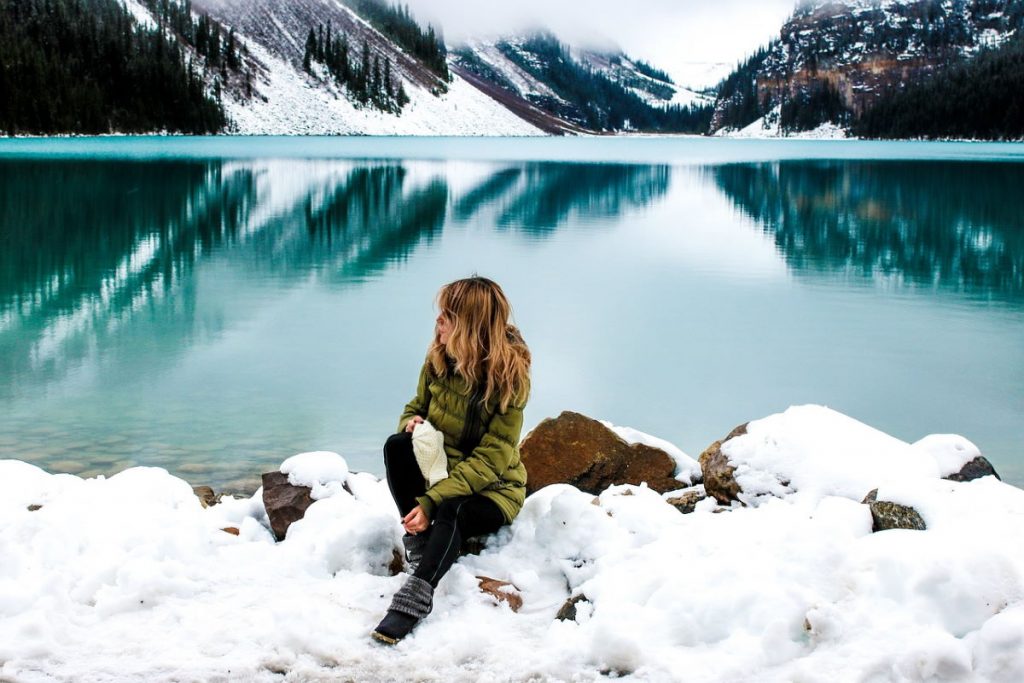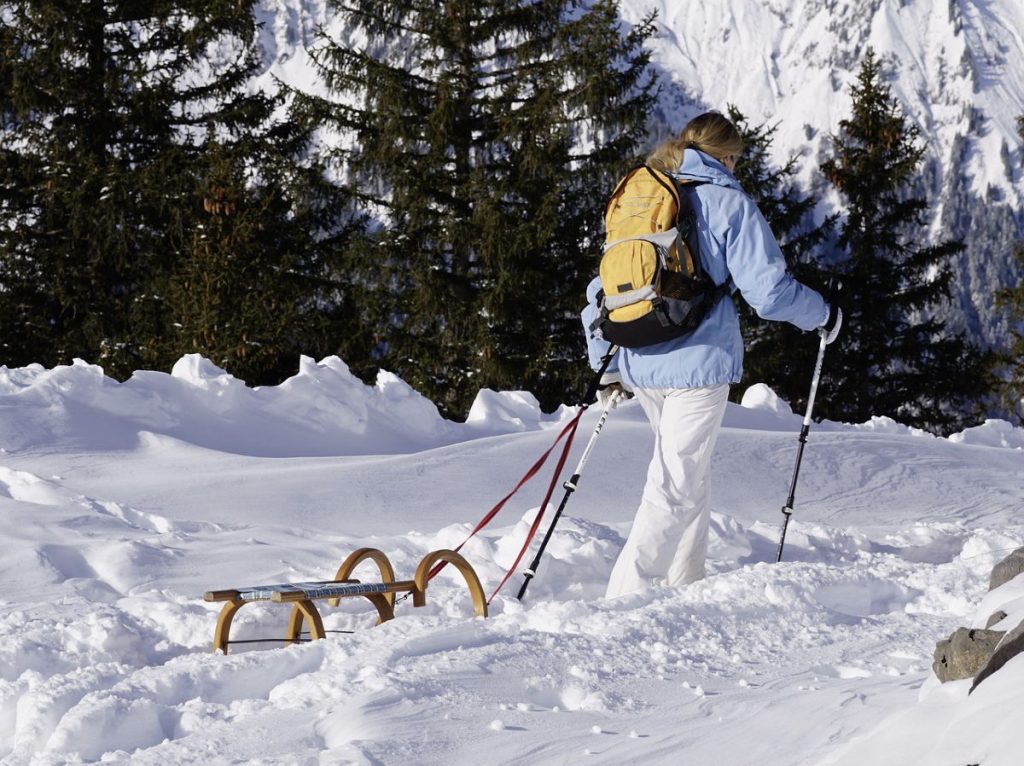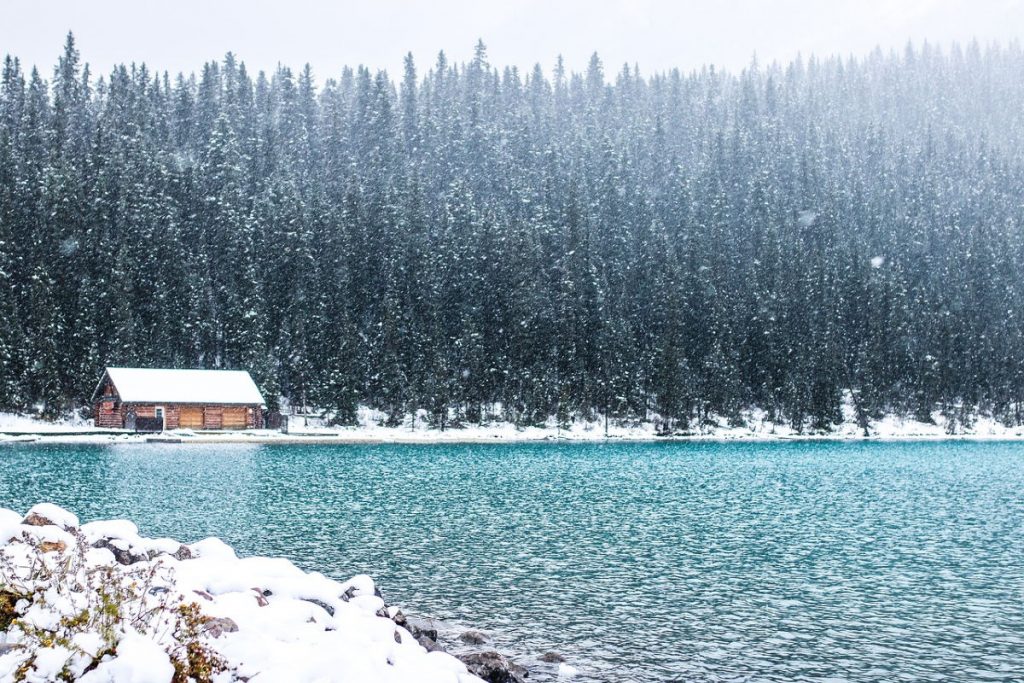Hiking is one of the best ways of maintaining a healthy lifestyle, having fun and staying in shape. And whether it’s during summer or winter, spring or fall, you can hike all year round and enjoy all the benefits that come with backpacking expeditions. However, winter hiking tends to be more challenging, compared to hiking during the summer. If you are planning a winter hiking excursion, here are some tips that will help you to enjoy a healthy and safe trip.
Layer Up
Choosing what to wear and pack is probably one of the most important steps when preparing for your winter hiking trip. Whether you are a novice or an experienced winter hiker, you need to choose clothes that will keep you driest, warmest and most comfortable during the entire trip. And this is where layering comes in. For winter layering, you should have a waterproof outer shell, a middle insulating layer and a next-to-skin base layer.
- Base Layer: When you are hiking, your body will sweat and it’s important for this perspiration to be removed from your skin right away. This layer will remove sweat and perspiration from your skin, thus ensuring that you remain dry at all times. For the materials, you have numerous fabric options to choose from including synthetics such as nylon and polyester or natural fibers like silk and merino wool. Avoid anything made of cotton, whether it’s a t-shirt or a sweatshirt. Considering that cotton doesn’t dry fast, it will remain damp and heavy when you sweat, making you uncomfortable. The thickness of the base layer will depend on personal preferences or the prevailing temperatures. If you sweat a lot, then you should opt for lightweight materials such as synthetic.
- Middle Layer: The middle layer players an important role when it comes to insulation during your winter hiking trip. It will trap and retain the heat that your body emits, helping you to remain warm and cozy. Just like the next-to-skin layer, you have a wide range of options to choose from, both natural and synthetic. Polyester fleece is one of the most popular materials used for the middle layer. Most people opt for polyester fleece because it remains warm even when it’s cold or damp. Besides that, it dries fast and breathes well. It’s available in heavyweight, mid-weight and lightweight fabrics. You can also use synthetic insulated jackets and down insulated jackets for the middle layer.
- Outer Layer: Also known as the outer shell, this layer should be windproof, waterproof and breathable. It should protect you against snow, rain, and wind. Outer shells fall under various categories such as waterproof and breathable, water-resistant and breathable, soft shells as well as waterproof, non-breathable shells. Waterproof, breathable shells are best suited for heavy snow, rain showers, thunderstorms, and other wet conditions while the water-resistant shells are ideal for breezy and drizzly conditions.
Layering is vital when it comes to winter hiking. It will help your body to remain warm, toasty and comfortable. However, purchasing all the clothes that you will need for your winter hiking trip can be expensive. If you want to get the best and affordable selection, it’s highly advisable to shop in December or January. During these months, most outlets have winter clothing on sale, clearing them out for the incoming spring selection.
Invest in Reliable Winter Hiking Boots
Proper footwear is a must for your winter hiking expedition. Without the right pair of boots, you are exposing your feet to cold, frost, and other hazards. Also, you will be jeopardizing your entire trip if you are hiking with the wrong pair of shoes. So, what features should you look out for when purchasing boots for winter hiking?
- Insulation and Protection: The boots that you intend to use during your winter hiking trip should have adequate insulation. Most winter hiking boots feature Thinsulate insulation. Just like its name suggests, Thinsulate is a lightweight and thin insulation material, designed to keep your feet warm, without adding unnecessary weight. Also, you need to check the temperature rating of the boots. It’s highly advisable to choose boots that have at least 400 grams to 800 grams of insulation. Apart from insulation, your winter hiking boots should also have adequate protection against water, wind, and moisture. Winter hiking boots that lack adequate waterproofing will expose your feet to frostbites, making your hiking trip miserable.
- Breathability: Winter boots are primarily designed to keep your feet warm during your hiking expeditions. However, most people tend to overlook the aspect of breathability. A breathable winter hiking boot will prevent the build-up of moisture, sweat, and unpleasant odors. Also, if your boots are breathable, your feet will have better blood circulation, thus minimizing fatigue while enhancing comfort.
- Comfort: Comfort is an important feature to consider, whether you are hiking during summer or winter. Make sure that the boots that you will wear during the hike don’t leave you with hotspots or blisters. Also, they should have enough room for thick socks. The boots should not be too tight or too loose.
- Adequate Traction: Winter hiking boots are not complete without sufficient traction. Considering that you will be hiking in wet or slippery conditions, you need to buy boots that will plant your feet firmly on the ground. The boots you intend to use during your winter hiking trip should also have snowshoe compatibility, in case you encounter deep snow.
Once you’ve purchased the shoes that you will wear during your hiking trip, you should commence with the break-in process right away. Since winter hiking boots are equipped with extra thick materials and additional insulation, breaking them in might take longer than an ordinary pair of shoes. You can start with short distances around the house or within your neighborhood. After some time, you can then proceed to longer distances or short hikes, while adding some weight gradually to your backpack. If you experience any major issue during the break-in process, you should return them for an exchange.
Check the Weather
As much as it might appear like something obvious, it’s important to have a clear picture of the weather conditions that you will encounter during your winter trekking expedition. Apart from the temperature, you should also look at predicted precipitation levels, daylight hours, avalanche reports and wind speed. Also, make sure you are fully conversant with winter conditions as well as how they change at different altitudes. Fortunately, this information is readily available on both online and offline platforms. And if the weather conditions appear scary, then you should postpone your trip.
Winter Hiking Nutrition
When you are backpacking or hiking during winter, your body will consume a higher number of calories, compared to trekking during milder temperatures. For a winter hike, your body will burn approximately 2000 to 3000 more calories than what you normally expend. You might also burn an additional 1000 calories, just to maintain normal and healthy body temperature. Therefore, if you are packing foods for your winter backpacking trips, you need to allow an increase of at least 3,500 to 5,000 calories per day.
For breakfast, you need to consume something that supplies energy to your body, making sure you have adequate strength to trek through snowy, icy and cold landscapes. Granola bars, fruits, peanut butter, and oatmeal are great options for breakfast. For lunch, quick-grab snacks, simple sandwiches, dried fruits, nuts, pieces of chocolate and crackers will supply your body with ample proteins, carbohydrates, and fats that will last you until dinner time. Avoid taking long lunch breaks, since they will cool your body down or even break your momentum. Instead, you can simply nibble on your foods or snacks on the go. And when it’s time for dinner, you should choose a heavy meal that will fill you up completely.
Proper hydration is vital during your winter hiking trip. Apart from water, you can prepare coffee, tea or cocoa in the morning and sip them throughout the day. These beverages will keep you warm while making sure you are adequately hydrated the entire day. Make sure you bring along an insulated bottle to prevent your water from freezing and becoming solid. Most lakes, creeks, streams and other water sources might be frozen solid during winter. Therefore, you might be forced to melt some snow to obtain drinking water. Ensure you fill all your water bottles before you sleep to ensure they are ready for the day.
Carry Proper Gear
Apart from basic trekking gear, you also need to carry some essential items such as a first aid kit, a map, a headlamp, penknife, hand-warming packets, working whistle, avalanche equipment, lighter or waterproof matches, cord or rope, and a fully-charged communication device. Even if you are just going for a day hike, you need to be ready to spend the night in case of an emergency. You’d rather travel with a heavier backpack than enduring frostbites if you have to spend a night out in the winter cold.
Closing Remarks
Before you head off, you should go over your gear and your itinerary one last time. Make sure that everything is working properly and you have the right amounts. Also, you should let someone know that you are going on a hiking trip and the day you expect to be back. For instance, you can text your friends, call your parents or even leave a note in an area where someone can easily see it. The more people you inform, the faster a response can be made in case something goes wrong. Happy hiking!





0 comments